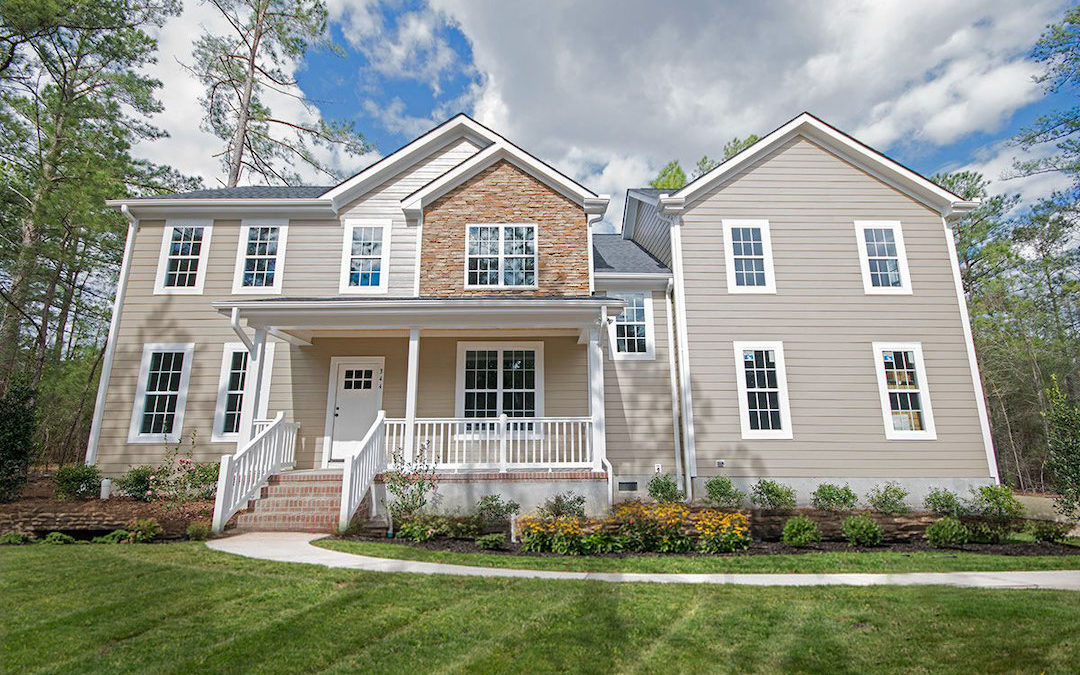Building Your Dream: A Guide to Land Requirements for Homes
The prospect of building a new home ignites a spark of excitement, conjuring visions of personalized spaces and a place to call your own. However, before the architectural plans take shape and the foundation is poured, a crucial step precedes this journey: land acquisition. Selecting the right piece of land serves as the foundation for your dream home, and understanding your land requirements is paramount for success. This guide explores the factors influencing land needs and empowers you to make informed decisions as you embark on this exciting endeavor.
Understanding Your Needs: A Personalized Approach to Land Size
When it comes to land requirements, a one-size-fits-all approach simply doesn’t exist. The ideal amount of land hinges on a personalized vision for your future home. A key concept to grasp is the land-to-building ratio. This ratio, expressed as a number (e.g., 3:1), represents the proportion of your land dedicated to open space compared to the footprint of your house. A higher ratio signifies more extensive outdoor areas, while a lower ratio indicates a more compact design with limited space surrounding the house.
Several factors influence your land needs:
- House size and style: A sprawling ranch-style home or a multi-story residence naturally requires more land than a cozy bungalow. Consider the square footage you envision and the overall layout of your dream home.
- Desired outdoor space: Do you dream of sprawling gardens bursting with blooms? Perhaps a sparkling pool beckons you, or extensive landscaping creates a private oasis. Factor in these desired features when determining the necessary square footage of your land.
- Local regulations: Don’t overlook the influence of zoning codes. These regulations often dictate minimum lot sizes within specific neighborhoods and may establish setbacks, which define the distance your house must be built from property lines. Consulting your local zoning department is vital to ensure your land selection adheres to these regulations.
A Spectrum of Space: Exploring Common Land Options for Homeowners
The residential landscape offers a spectrum of land options to suit diverse needs and budgets. Let’s explore some common scenarios:
- Standard single-family home lots: Established neighborhoods often feature these pre-defined lots, typically ranging from a quarter acre to half an acre. These lots provide a comfortable balance between house size and outdoor space, making them a popular choice for many homeowners.
- Planned communities: These communities might offer smaller lot sizes, often ranging from an eighth to a quarter acre. Shared amenities like parks, pools, and green spaces compensate for the reduced individual lot size. This option can be ideal for those seeking a close-knit community atmosphere and a lower upfront land cost.
- Custom home construction: For those with expansive dreams and the budget to match, custom home construction on larger plots offers unparalleled flexibility. These expansive properties, often exceeding one acre, allow for sprawling layouts, grand entrances, and the creation of private, personalized outdoor havens.
Beyond the Basics: Additional Considerations for Land Acquisition
While size is a crucial factor, there’s more to consider when selecting the perfect piece of land. Here are some additional elements to keep in mind:
- Topography: The lay of the land can significantly impact your project. Slopes or uneven terrain might necessitate additional excavation or foundation work, adding unforeseen costs. Opting for a level property simplifies the building process and minimizes unexpected expenses.
- Soil composition: The type of soil on your chosen land can influence foundation requirements. Sandy soil might necessitate a different foundation approach compared to a plot with dense clay composition. Consulting a geotechnical engineer can provide valuable insights into the soil conditions and potential foundation needs.
- Access to utilities: Modern life hinges on essential utilities. Ensure your chosen land has access to water, electricity, sewer lines, and other necessary infrastructure. The cost of extending utilities to remote locations can be substantial, so prioritizing a property with existing connections is wise.
Building Your Dream Within Your Means: Striking the Right Balance
Finding the perfect balance between your dream home vision and your budget is crucial. Land costs can vary significantly depending on location, size, and features. A realistic assessment of your financial limitations will guide your land search and ensure you don’t overextend yourself.
Consider seeking the expertise of a real estate professional. They can navigate zoning regulations, identify properties that meet your needs and budget, and ensure the land title is clear of any encumbrances. Involving a builder or architect early in the process is also beneficial. Their expertise can help you assess the suitability of specific land.




